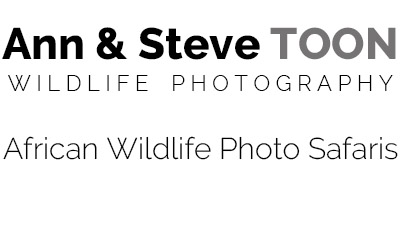If you’re serious about capturing unforgettable images of African wildlife, then you can’t afford to miss Zimanga. Zimanga is Africa’s first private game reserve designed specifically for wildlife photographers, with purpose-built hides offering superb mammal and bird photography, and exciting game drives in pursuit of lion, cheetah, elephant, rhino and more.
Located in South Africa’s game-rich KwaZulu-Natal province, Zimanga boasts the first hides designed in Africa by multi-award winning Hungarian photographer Bence Máté. If you don’t know his name, you’ll know his images – he’s won the most coveted prizes in wildlife photography, and with good reason. Bence’s hides have been designed to get you up close to everything from small birds to large mammals: they include two nocturnal hides, where you could photograph anything from rhinos to elephants to predators.
But we won’t just be ‘hide-bound’, we’ll also be exploring the Big Five reserve by vehicle, in search of great shots of elephant, rhino, lion and much more. Zimanga’s guides use the latest technology to search for thrilling subjects such as the lion and cheetah, and hopefully we’ll even have the opportunity to photograph some of the most charismatic animals on foot – allowing dynamic low angle viewpoints.
We’ll be working with Zimanga’s guides, who know the reserve like the backs of their hands and really understand the needs of photographers because they work with them every day. And we’ll be staying on the reserve itself, in the comfortable and exclusive Doornhoek homestead, which means we can respond instantly to the light and weather, and make sure we make the most of every opportunity.
Our Zimanga trips are all in prime dry season months – June to September. Visit earlier and you risk heavy rain wiping out many hide sessions, especially the nocturnal hides.
































